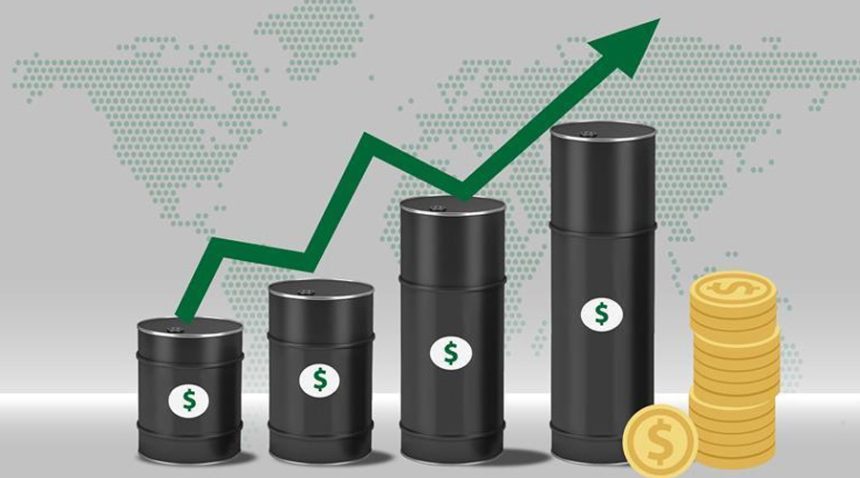The expansion of U.S. oil production plays a pivotal role in shaping gasoline prices
The United States is experiencing a notable increase in oil production, a trend that carries significant implications for gasoline prices nationwide. This surge in domestic output is influenced by a combination of policy decisions, market dynamics, and global events, all contributing to the current landscape of fuel costs for consumers.
Current State of U.S. Oil Production
The U.S. Energy Information Administration (EIA) has revised its projections, estimating that U.S. crude oil production will average 13.59 million barrels per day (bpd) in 2025, up from the previous estimate of 13.55 million bpd. This adjustment reflects a sustained commitment to maximizing domestic oil output. The Permian Basin, spanning Texas and New Mexico, remains a significant contributor, with production expected to rise by approximately 250,000 to 300,000 bpd in 2025, albeit at a slower growth rate compared to previous years.
Factors Influencing Increased Production
Several key factors are driving the uptick in U.S. oil production:
Policy Initiatives: The current administration has emphasized energy independence, advocating for increased domestic production to reduce reliance on foreign oil. This policy stance includes encouraging drilling activities and easing certain regulatory constraints.
Technological Advancements: Innovations in extraction technologies, particularly hydraulic fracturing and horizontal drilling, have enhanced the efficiency and cost-effectiveness of oil production, enabling access to previously untapped reserves.
Market Dynamics: Global oil demand is projected to grow by 1.1 million bpd in 2025, with non-OPEC+ countries, including the U.S., accounting for a significant portion of the supply increase. This demand-supply interplay incentivizes higher production levels.
Impact on Gasoline Prices
Despite the rise in oil production, gasoline prices have exhibited relative stability. As of February 20, 2025, the national average for a gallon of regular gasoline stands at $3.16, reflecting a modest increase from $3.12 earlier in the month. This steadiness can be attributed to several factors:
Supply Chain Adjustments: Refineries have adapted to the increased supply by adjusting their operations, ensuring that the gasoline output aligns with consumer demand, thereby preventing significant price fluctuations.
Seasonal Demand Variations: Typically, gasoline prices experience seasonal shifts, with higher prices in summer due to increased travel. The current period reflects a balance between supply and demand, contributing to price stability.
Global Market Influences: While domestic production has increased, global events, such as geopolitical tensions and decisions by oil-producing nations, continue to influence oil prices. For instance, recent discussions between global leaders have introduced volatility in energy markets, affecting both oil and gasoline prices.
Regional Variations in Gasoline Prices
Gasoline prices in the U.S. vary regionally due to factors like state taxes, distribution costs, and local supply constraints. As of mid-February 2025, the West Coast reports the highest prices, with California averaging $4.85 per gallon, influenced by stringent environmental regulations and higher taxes. Conversely, the Gulf Coast enjoys lower prices, averaging $2.70 per gallon, benefiting from proximity to major refineries and lower state taxes.
Future Projections
Looking ahead, the EIA forecasts a slight decline in gasoline prices, projecting an average of $3.21 per gallon in 2025 and $3.14 in 2026. This anticipated decrease is linked to expectations of continued growth in oil production, both domestically and globally, outpacing the rate of demand increase. However, these projections remain subject to uncertainties, including potential geopolitical developments, policy changes, and unforeseen disruptions in supply chains.
The expansion of U.S. oil production plays a pivotal role in shaping gasoline prices. While increased output contributes to supply stability and potential price moderation, a complex interplay of factors—including policy decisions, technological advancements, market dynamics, and global events—continues to influence the prices consumers encounter at the pump. Staying informed about these developments is essential for understanding and anticipating changes in fuel costs.






